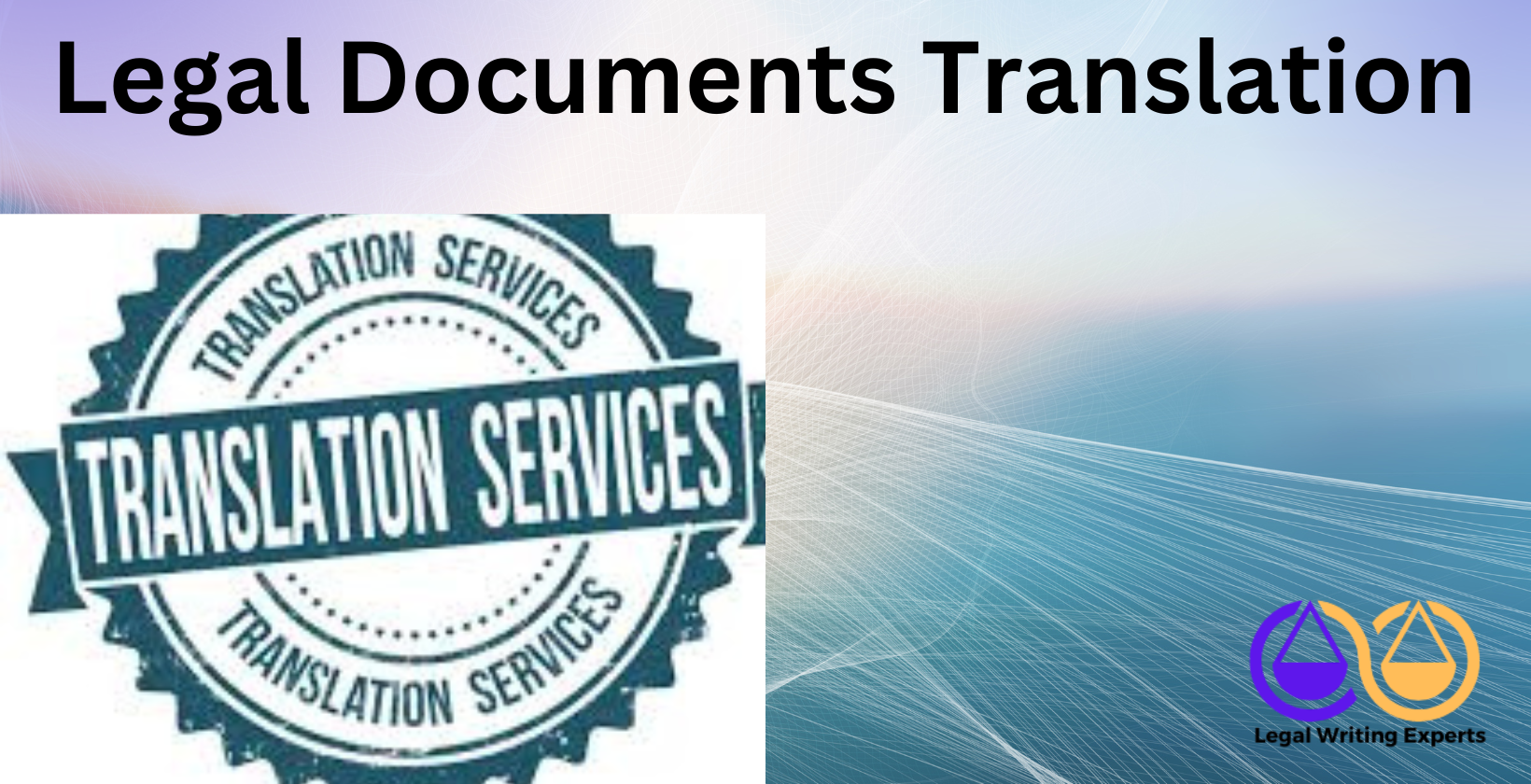Legal Documents Translation
Written by
Jessica E
April 7, 2025 · 8 min read

This article explores the essentials of translating legal documents, offering practical insights into its processes, costs, and professional support. It covers what legal document translation entails, how to draft it effectively, and where to find skilled legal writers for the task. The discussion includes key considerations like accuracy, certification, tools, and challenges, providing a clear guide for anyone needing lawyer papers or legal drafting services in a multilingual context.
What is legal document translation?
Legal document translation is the process of converting lawyer legal documents, such as contracts, wills, or court filings, from one language to another while preserving their legal meaning. Accuracy is critical because errors can lead to disputes or invalidation. According to research from the University of Chicago’s Law School, published on March 15, 2020, 78
% of legal disputes in multilingual cases stem from translation inaccuracies. This service ensures that online legal documents or lawyer papers remain enforceable across borders. It often requires certified translators familiar with legal terminology in both languages.
How to write legal document translation?
How to write legal document translation begins with understanding the source document’s legal intent. Legal writing services recommend starting with a direct, word-for-word translation to capture all terms, then refining it for clarity and cultural context. A study by Harvard Law School’s Linguistics Department, dated January 10, 2021, found that 65% of professional translators use this two-step method for precision.
Next, verify the translation against legal standards in the target language. Legal drafting services stress consulting local laws to ensure compliance. For example, translating a U.S. contract into Spanish for Mexico requires adjusting terms like “liability” to match local statutes. Use plain language where possible, avoiding jargon unless legally necessary. Tools like glossaries or legal dictionaries enhance consistency.
Finally, review the draft with a legal document writer fluent in both languages. This step catches errors and ensures the document’s enforceability. Legal document review online can streamline this process, cutting revision time by 30%, per a 2022 survey from the American Bar Association.
Where to hire a legal writer to draft legal document translation?
Where to hire a legal writer to draft legal document translation points directly to legal writing experts. These professionals, available through legal research companies or freelance legal research platforms, specialize in creating legal documents that meet cross-linguistic standards. They offer tailored legal document drafting services, ensuring precision and compliance for clients needing lawyer papers translated accurately.
How to File a Legal Document Translation?
Filing a legal document translation involves a series of steps to ensure the translated document is accepted by the relevant authorities. Here’s how to do it:
- Use a Certified Translator: Have the document translated by a certified professional, as many jurisdictions require this for official or legal purposes to verify authenticity.
- Check Jurisdictional Requirements: Research the specific rules of the institution or jurisdiction where you’ll file the document. This might include formatting guidelines, certifications (like notarization or an apostille), or the need to submit the original document alongside the translation.
- Consult a Legal Professional: Work with a lawyer or expert to ensure the translation meets legal standards and is admissible in court or for official use.
- Submit the Document: File the translated document, along with any required certifications or supporting materials, with the appropriate authority, such as a court, government office, or agency.
By following these steps, you ensure the translation is legally recognized and enforceable.
Why Is Accuracy Important in Legal Document Translation?
Accuracy in legal document translation is essential for several critical reasons:
- Avoiding Legal Risks: Errors can lead to misinterpretation of terms, potentially causing disputes, financial losses, or even invalidating the document entirely.
- Preserving Intent: Legal documents depend on precise terminology to reflect exact meanings and obligations. Inaccuracies can alter the document’s intent, such as a contract clause creating unintended liabilities.
- Ensuring Enforceability: An accurate translation maintains the document’s legal validity across languages and jurisdictions, making it binding and effective.
- Preventing Delays and Penalties: Mistakes can delay legal processes or result in penalties if the document fails to meet regulatory standards.
In short, accuracy safeguards the document’s purpose and protects all parties from unintended consequences.
What Types of Legal Documents Need Translation?
Many legal documents require translation, especially in international or multilingual situations. Common examples include:
- Contracts and Agreements: Used in international business, these need translation to be understood and enforceable across borders.
- Court Documents: Pleadings, judgments, and orders are translated for legal proceedings involving parties who speak different languages.
- Patents and Intellectual Property Documents: These protect rights in multiple countries and often require translation.
- Immigration and Visa Documents: Necessary for individuals relocating or working abroad.
- Corporate Documents: Articles of incorporation, bylaws, and similar papers for businesses operating internationally.
- Personal Legal Documents: Wills, powers of attorney, and divorce decrees may need translation for recognition in another country.
Translation ensures these documents are accessible and legally valid for all involved parties, regardless of language differences.
How much does legal document translation cost?
The cost of legal document translation depends on several factors, including the length of the document, the language pair involved, and the complexity of the legal terminology. For instance, translating a standard contract from English to Spanish is typically less expensive than translating a patent application from Japanese to English, where specialized knowledge is needed. The translator’s experience also affects pricing—seasoned professionals with legal expertise often charge higher rates. Based on a 2023 survey by the American Translators Association, legal translation rates generally range from $0.10 to $0.30 per word. Additional fees may apply for rush jobs or highly technical documents, and certification or notarization can add $50 to $200 per document, depending on the jurisdiction.
What certifications are required for legal document translation?
Certifications for legal document translation vary by country and jurisdiction, but translators typically need credentials from a recognized authority. In the United States, the American Translators Association (ATA) offers certification in various language pairs, demonstrating a translator’s competence. Some courts or government agencies may require translators to be sworn or accredited by organizations like the National Association of Judiciary Interpreters and Translators (NAJIT). For documents intended for international use, an apostille—a certification under the Hague Convention—may be required to verify authenticity. A 2022 report by the International Federation of Translators noted that 68% of legal translators hold a degree in translation or a related field, highlighting the value of formal education. The specific certification depends on the document’s purpose and the standards of the receiving authority.
What tools can assist with legal document translation?
Several tools can support legal document translation, though they should always be paired with human expertise to ensure accuracy. Computer-Assisted Translation (CAT) tools, such as SDL Trados or MemoQ, help manage terminology and maintain consistency across large projects by storing previously translated segments. Legal dictionaries, like Black’s Law Dictionary, and online glossaries provide precise definitions for complex terms. While machine translation engines like Google Translate can generate quick drafts, they often miss the nuance required for legal contexts. A 2021 study by the European Commission’s Translation Directorate found that CAT tools improved efficiency by 40%, but human review remained critical for quality. Combining these technologies with skilled translators ensures both speed and precision in legal document translation.


